View all Standards for Texas Essential Knowledge and Skills for Theatre Arts
B.3.D use technology in theatrical applications such as live theatre, video, and film.
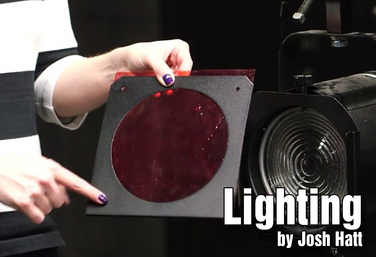
Part of the Technical Theatre Mini Units Curriculum
Lighting
by Josh Hatt
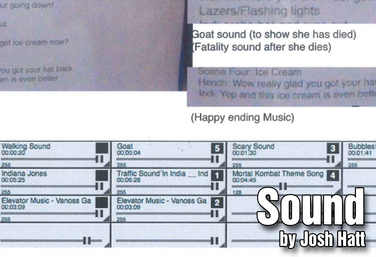
Part of the Technical Theatre Mini Units Curriculum
Sound
by Josh Hatt

Part of the Technical Theatre Mini Units Curriculum
Costuming
by Josh Hatt
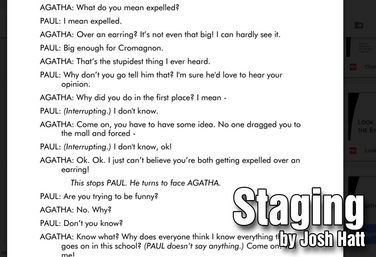
Part of the Technical Theatre Mini Units Curriculum
Staging
by Josh Hatt
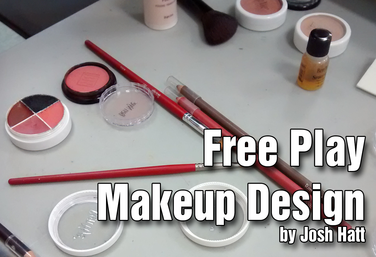
Part of the Technical Theatre Mini Units Curriculum
Free Play Makeup
by Josh Hatt
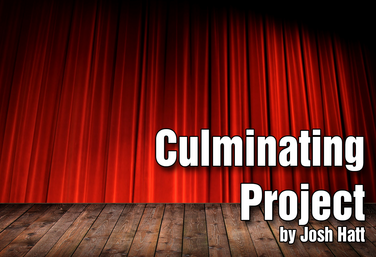
Part of the Technical Theatre Mini Units Curriculum
Culminating Project
by Josh Hatt
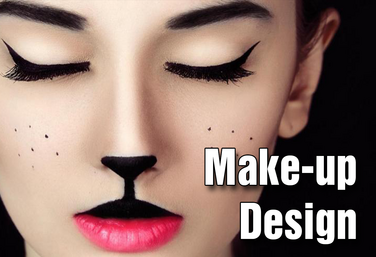
Part of the Stagecraft Without a Theatre Curriculum
Make-Up Design
by Karen Loftus and Josh Hatt
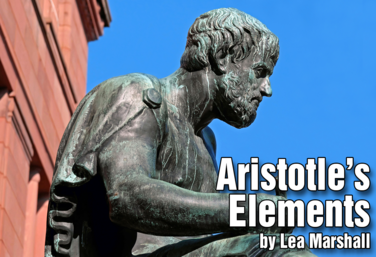
Aristotle's Elements
by Lea Marshall
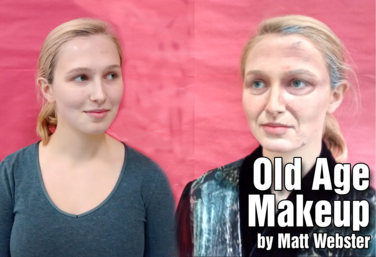
Old Age Makeup
by Matt Webster
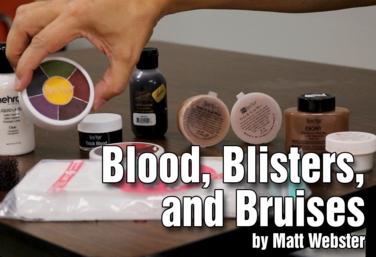
Blood, Blisters & Bruises Makeup
by Matt Webster

Basic Lighting for Drama Teachers
by Claire Broome
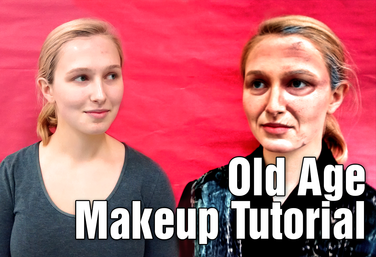
Old Age Makeup Tutorial
by Matt Webster

21st Century Skills Through Devising
by Allison Williams
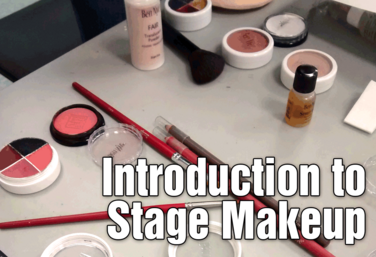
Introduction to Stage Makeup
by Matt Webster
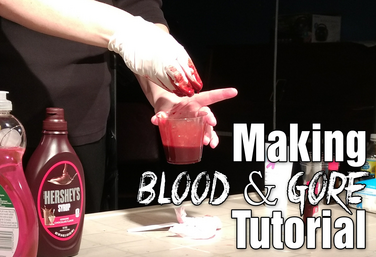
Making Blood and Gore Tutorial
by Linda Veneris
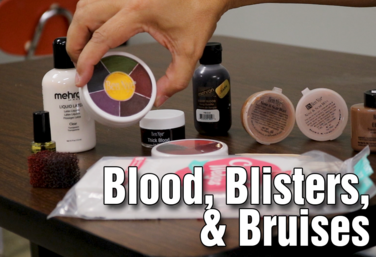
Blood, Blisters & Bruises
by Matt Webster
View all Standards for Texas Essential Knowledge and Skills for Theatre Arts Standards Master List